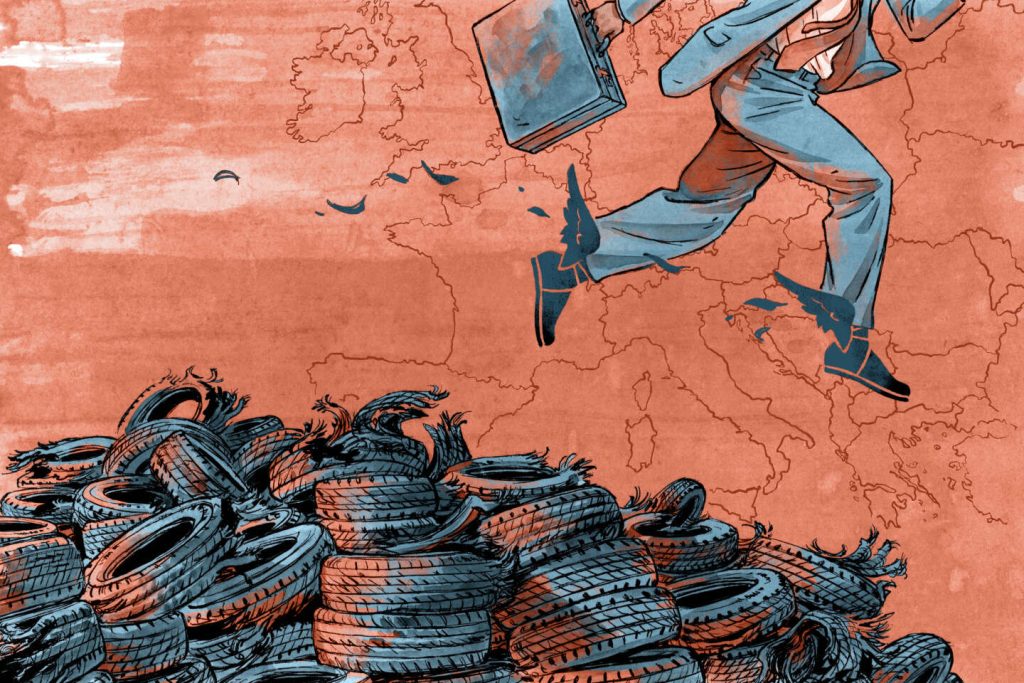In the summer of 2013, Goodyear faced a crisis involving some of its heavy-duty truck tires that were prone to bursting, causing numerous accidents in Spain, France, and eventually all over Europe. Questions arose about a potential manufacturing defect, and whether the company would have to recall and replace hundreds of thousands of tires at its own expense. According to French and European regulations, in cases of serious safety issues with a product, manufacturers are required to initiate an emergency recall procedure across the European Union known as Rapex. Despite this, Goodyear refused to comply and instead quietly initiated a voluntary commercial exchange program with its customers in Spain and other European countries, claiming that their tires were not faulty.
The lack of action by European authorities in response to Goodyear’s tire issues is concerning. The American company did not face any heightened scrutiny in Luxembourg, where the tires in question were designed in the 2010s. The Luxembourg Institute of Standardization, Accreditation, Safety, and Quality of Products and Services (Ilnas), responsible for verifying product compliance, seemed to have been convinced by Goodyear’s arguments. In a letter dated February 25, 2015, they stated that Goodyear’s actions ensured the appropriate removal of the tires from the market. This leniency raises questions given that Goodyear’s initial claim that the tire bursts were due to a specific weather anomaly in Spain was quickly disproven. It also seems contradictory to assert that the tires pose no risk while simultaneously working to remove them from the market.
Even as Goodyear continues to insist that its exchange program is purely about customer satisfaction and not due to any defects in the tires, concerns remain about the safety guarantees provided. When questioned by Le Monde, Ilnas admitted that their actions following Goodyear’s notification of the exchange program in October 2013 were limited to recording the information provided by the manufacturer without conducting further verification. Essentially, the Luxembourg institute did not seek additional assurances. The exchange program dragged on, with 37% of the tires still in use as of January 17, 2015, according to confidential figures shared by Goodyear with Ilnas.
In the midst of these inconsistencies and lingering doubts about the safety of Goodyear’s tires, the question remains whether the company has fulfilled its obligations to ensure consumer safety. The lack of rigorous oversight by European authorities, as well as the seemingly laissez-faire approach taken by Ilnas, cast a shadow over the entire situation. It is clear that the handling of this crisis by both Goodyear and regulatory bodies raises concerns about product safety, corporate responsibility, and the efficacy of recall procedures in the event of serious safety issues. Ultimately, this case highlights the importance of thorough product testing, transparent communication, and swift action in response to potential product defects.


